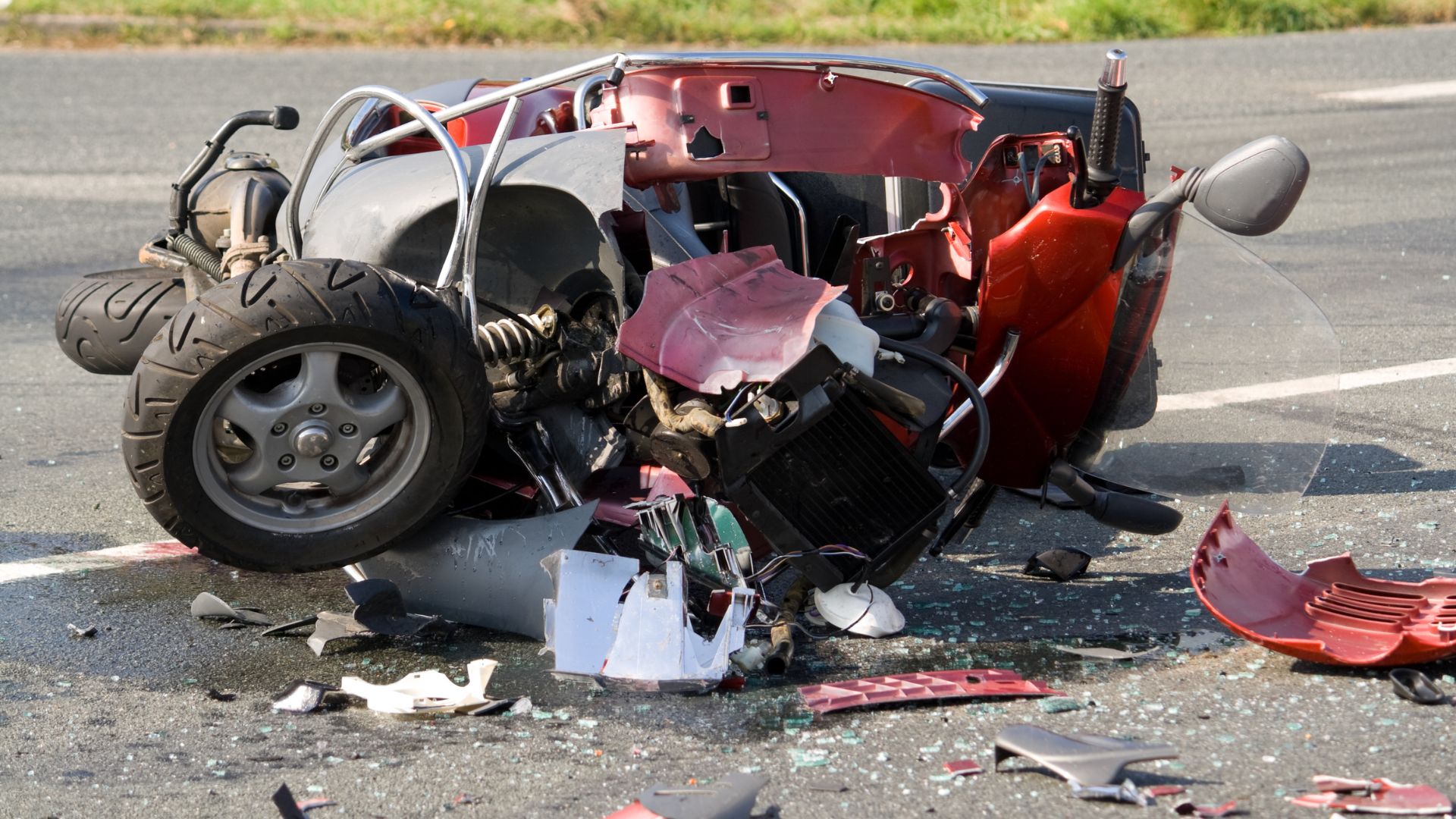
If you were recently injured in a motorcycle crash in Florida, you are probably asking whether being partly at fault prevents you from recovering compensation. Florida follows a modified comparative negligence standard, which means your ability to recover depends on how much responsibility for the accident is assigned to you. Understanding this rule is essential because even a small percentage of fault can reduce your award, and being over the threshold can bar your recovery entirely.
Florida’s Comparative Negligence Standard
Florida law sets out the framework for shared fault in personal injury claims. Under Florida law, you may recover damages if you are 50% or less responsible for the crash. Your percentage of fault will reduce your recovery. You cannot recover damages at all if you are 51% or more at fault.
This modified standard replaced Florida’s previous pure comparative negligence system. For motorcycle riders, the change means that insurers and opposing parties are more likely to argue that your share of responsibility is greater than half. Knowing how the law works helps you anticipate these arguments and prepare evidence to counter them.
Comparative Negligence in Real Cases
The way comparative negligence applies depends on the specific facts of a crash. Courts and insurers evaluate traffic rules, driver behavior, and physical evidence to assign fault percentages. Once assigned, those percentages directly affect how much you can recover.
Left-Turn Crashes at Intersections
These accidents occur when a vehicle turns left across your path while you are riding straight. The driver is usually at fault for failing to yield, but you may still receive a share of fault if evidence shows you were speeding or entered the intersection against a yellow light. For example, if you are assigned 20% responsibility and your damages total $100,000, you would recover $80,000.
Rear-End Collisions While Stopped
When you are hit from behind at a stoplight, the other driver is usually 100% responsible. Insurers may try to argue that you braked suddenly or did not use your brake lights, but these defenses are rarely successful if you were stopped safely. In this type of case, comparative negligence may not reduce your recovery at all.
Lane-Change Accidents on Highways
These crashes often involve drivers who fail to check blind spots before moving into your lane. If you were riding in the blind spot for an extended time or following too closely, a court may assign you a share of responsibility. For instance, if the driver is 60% at fault and you are 40% at fault, and your damages equal $50,000, you would recover $30,000.
These examples show how even small actions by a rider can shift percentages of fault and reduce recovery. The details of speed, positioning, and driver behavior are carefully reviewed in every case, and the final allocation can change the value of your claim by thousands of dollars.
Understanding how different scenarios play out helps you see why evidence is critical in proving your version of events. By recognizing these patterns, you can better prepare for insurer arguments and protect your right to fair compensation.
Evidence That Shapes Fault Percentages
The percentage of fault assigned to you depends on the strength of your evidence. Without strong documentation, insurers can push for higher percentages of blame.
Key forms of evidence include:
- Police reports. Officers record what they observed and often cite drivers for violations.
- Witness testimony. Independent accounts can confirm whether you or the other driver acted negligently.
- Crash scene documentation. Photos, videos, and skid mark evidence show how the accident unfolded.
- Medical records. Treatment notes and imaging connect your injuries directly to the crash.
- Traffic laws. Proof that a driver violated Florida traffic statutes supports a higher share of fault for them.
Having this documentation allows you to challenge unfair attempts to inflate your percentage of fault, especially when timely, credible records support your version of events.
Insurance Company Strategies
To pad their bottom line, insurance companies often use comparative negligence rules to reduce their payouts and limit fair compensation for injured riders. They may claim you contributed to the crash by:
- Exceeding the speed limit;
- Riding in a driver’s blind spot;
- Failing to wear reflective gear at night; or
- Ignoring traffic signals.
Anticipating these arguments is critical. Accident reconstruction experts, medical professionals, and credible witnesses can counter these tactics. Without this preparation, you risk losing a significant portion of your recovery.
Long-Term Impact of Fault Percentages
Comparative negligence affects more than just the immediate settlement. A reduction in damages also limits the resources available for long-term medical care, rehabilitation, and lost earning potential. For example, a rider with projected lifetime medical expenses of $400,000 who is assigned 25% fault would lose $100,000 in compensation.
This example shows why every percentage point matters. Reducing your share of fault by presenting strong evidence can make a life-changing difference in the resources available to support your recovery.
Why Riders Need to Understand This Rule
Motorcycle crashes in Florida often result in severe injuries, long recovery periods, and significant expenses. The modified comparative negligence rule determines how much of those costs you will have to shoulder. Knowing how the system works gives you the tools to push back against inflated claims of responsibility and protect the value of your case.
By focusing on clear evidence, anticipating insurer arguments, and understanding how fault percentages reduce compensation, you can safeguard your rights and pursue the recovery you need after a serious motorcycle crash.
Talk to a Florida Motorcycle Accident Lawyer Today
After a motorcycle crash, even a small share of fault can take thousands of dollars out of your recovery. Florida’s comparative negligence rule gives insurers an incentive to shift blame onto riders, and without substantial evidence, you risk losing far more than you realize. At Maranatha Law, our motorcycle crash lawyer knows how to counter these tactics, present your case clearly, and protect the value of your claim.
Call today for a free consultation and let us fight for your rights.



